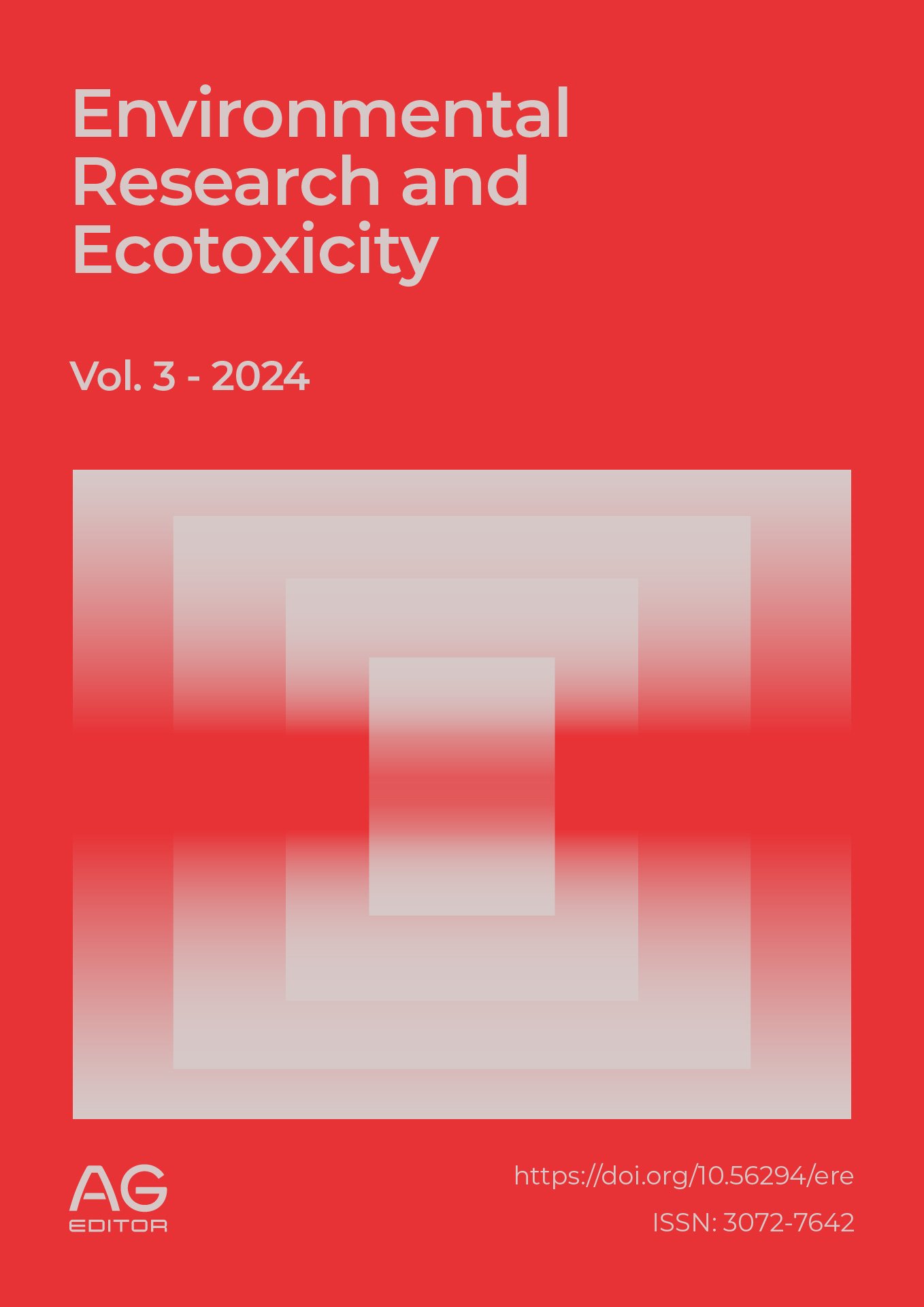Bioclimatic Architecture: A Holistic Approach to Sustainability in Design
DOI:
https://doi.org/10.56294/ere2024101Keywords:
Architecture, Bioclimatic Architecture, Integral Approach, Sustainability in DesignAbstract
Objective: The article aims to describe the importance of bioclimatic design applied to various buildings, seeking to understand how these strategies can improve user comfort and reduce the adverse environmental impact associated with the construction and use of buildings. It focuses on passive strategies that take advantage of the specific climatic conditions of each region to optimize the thermal and environmental performance of buildings.
Methodology: A narrative review of the scientific literature was carried out, using several databases, with search descriptors including the terms “Bioclimatic Architecture” and “Passive Design”. A search was carried out from March to April 2024, excluding duplicate articles and those that did not meet the research objectives. A total of 97 initial articles were identified, and 14 relevant articles were finally selected for the review.
Results: The review identified 14 outstanding articles in the field of bioclimatic architecture. These articles address different aspects, including case studies and comparative analysis, focusing on how bioclimatic strategies are applied in different regions and contexts. Among the topics explored are thermal comfort in different types of buildings and the integration of technologies in bioclimatic design.
Main conclusions: The conclusions of the article indicate that bioclimatic architecture is a promising solution to improve people's comfort and reduce the environmental impact of buildings. The effective implementation of these strategies requires a deep understanding of local contexts and collaboration between architects, engineers and other stakeholders to achieve successful results. Furthermore, the relevance of considering not only modern aspects but also ancestral knowledge and technologies in bioclimatic design is highlighted.
References
1. Battisti, A. (2020). Bioclimatic architecture and urban morphology. Studies on intermediate urban open spaces. Energies, 13(21), 1–20. https://doi.org/10.3390/en13215819
2. Bugenings, L. A., & Kamari, A. (2022). Bioclimatic Architecture Strategies in Denmark: A Review of Current and Future Directions. Buildings, 12(2). https://doi.org/10.3390/buildings12020224
3. Fuady, M., Munadi, R., & Kevin, M. A. (2023). Suitability of the Bioclimatic Architectural Design Concept and the Achievement of Thermal Comfort in the Building (Case Study of Baitul Musyahadah Mosque in Banda Aceh City). Civil Engineering and Architecture, 11(6), 3642–3650. https://doi.org/10.13189/cea.2023.110630
4. Giovanni, A., & Jumbo, D. (2023). Thermal comfort in the vernacular architecture of the Chuquiribamba Parish Ecuador. 13(2).
5. Hafizha, F., & Jairina, S. N. I. (2023). Study of Bioclimatic Architecture Methods in the Traditional House of Banjar Gajah Baliku. Civil Engineering and Architecture, 11(5), 2857–2868. https://doi.org/10.13189/cea.2023.110801
6. Hailu, H., Gelan, E., & Girma, Y. (2021). Indoor Thermal Comfort Analysis: A Case Study of Modern and Traditional Buildings in Hot-Arid Climatic Region of Ethiopia. Urban Science, 5(3). https://doi.org/10.3390/urbansci5030053
7. Huang, H., Xie, Y. Q., Chen, J. J., Liang, S., & Chen, Z. J. (2024). Bioclimatic design strategy of vernacular architecture in the south-east of China: a case study in Fujian, China. International Journal of Low-Carbon Technologies, 19, 1–17. https://doi.org/10.1093/ijlct/ctad079
8. Inga, M. A., Huanuco, H. S. B., Garcia, J. L. P., & Garcia, C. R. P. (2024). Achieving Thermal Comfort through the Design of a Tourist Hotel – (Huancayo). Civil Engineering and Architecture, 12(2), 668–684. https://doi.org/10.13189/cea.2024.120202
9. Liaw, C., da Silva, V. E., Maduro, R., Megrè, M., de Souza Inácio Gonçalves, J. C., Santos, E. M. dos, & Mouette, D. (2023). Thermal Comfort Analysis Using System Dynamics Modeling—A Sustainable Scenario Proposition for Low-Income Housing in Brazil. Sustainability (Switzerland), 15(7). https://doi.org/10.3390/su15075831
10. Orozco-Cejudo, A., Rosas-Lusett, M. A., & Deasiain-Alberich, M. L. (2023). Bioclimatic Design of Middle Housing in the Times of the Oil Boom in Tampico, Mexico (1912-1930). Habitat Sustentable, 13(2), 92–105. https://doi.org/10.22320/07190700.2023.13.02.07
11. Perea-Moreno, A. J., & Hernandez-Escobedo, Q. (2021). The sustainable city: Advances in renewable energy and energy saving systems. Energies, 14(24), 2–4. https://doi.org/10.3390/en14248382
12. Sakenova, S., Konbr, U., Kisselyova, T., Aimagambetova, Z., Mugzhanova, G., & Amandykova, D. (2024). Conformation Factors of Building Bioclimatic Microclimate. Civil Engineering and Architecture, 12(1), 350–360. https://doi.org/10.13189/cea.2024.120126
13. Torres-Quezada, J., & Lituma-Saetama, S. (2023). Sustainability Strategies Focused on Thermal Comfort and Embodied Energy of Emerging Housing in the Andean Region of Ecuador. Habitat Sustentable, 13(1), 42–55. https://doi.org/10.22320/07190700.2023.13.01.04
14. Vassiliades, C., Minterides, C., Astara, O. E., Barone, G., & Vardopoulos, I. (2023). Socio-Economic Barriers to Adopting Energy-Saving Bioclimatic Strategies in a Mediterranean Sustainable Real Estate Setting: A Quantitative Analysis of Resident Perspectives. Energies, 16(24). https://doi.org/10.3390/en16247952
.
Published
Issue
Section
License
Copyright (c) 2024 Ali Quispe Louis Enrique, Juan Alberto Almirón Cuentas, David Hugo Bernedo-Moreira (Author)

This work is licensed under a Creative Commons Attribution 4.0 International License.
The article is distributed under the Creative Commons Attribution 4.0 License. Unless otherwise stated, associated published material is distributed under the same licence.







